Sac State Athletics continues to struggle with multimillion-dollar deficit
Outside consultant’s report originally expected for October not yet released
The Sacramento State Athletics building. As the Sac State football team is enjoying their best season in decades, Athletics continues to struggle with an ongoing multimillion-dollar deficit.
December 4, 2019
As Sacramento State Athletics carried a deficit of $3.3 million for the 2018-19 fiscal year, the University Budget Advisory Committee (UBAC) is pushing for the department to generate more revenue to offset its deficit and become more self-supported.
The concern the UBAC addressed in their recommendation was that the deficit had been ongoing every year and that Athletics was using money from the campus operating fund to maintain operations, reducing funding available for additional courses, emergencies, infrastructure and other campus needs.
At 83% in 2018, Sacramento State Athletics had the highest percentage of its budget come from allocated funds of any athletic department in the Big Sky Conference.
Allocated funds include state and university contributions as well as student fees. Student fees made up 31% of the athletic department’s overall budget.
This means that revenue generated by Sac State Athletics itself (ticket sales, sponsorships, donations, etc.) accounted for 17% of its overall budget.
Story continues below data visualization.
Athletic Director Mark Orr said his goal is to generate more revenue and depend less on campus funds, but that their current financial standing is not unique from other Division I athletic programs.
“None of them are self-supported, everybody’s depending on the university to supplement the programs,” Orr said.
According to Associate Vice President for Budget Planning and Administration Rose McAuliffe, it is the expectation of all departments to stay within their authorized budgets. McAuliffe said the UBAC is currently working with departments and looking at “how (they) can help optimize that.”
Orr told UBAC in April that an outside consulting company, College Sports Solutions, had been hired to research the department’s budget and provide solutions for its deficit. Orr said that an analysis would be made available by Oct. 31.
Assistant Athletic Director Brian Berger said last Tuesday that the report was not ready for release and that the department was providing College Sports Solutions with more information.
Story continues below podcast.
Orr said that he is optimistic about the future of Sac State Athletics.
“We do have some plans already in place for this school year that (are) helping (to) close the gap,” Orr said. “One is a successful football program.”
Sac State football tied for the Big Sky Conference championship and will begin play in the Football Championship Subdivision playoffs Saturday at home.
RELATED: Underdogs to champions: A recap of the Sac State football team’s regular season
Orr confirmed that Sac State’s 1996 entrance into the Big Sky Conference resulted in elevated expenses, requiring all but a few Sac State teams to regularly travel outside of California to play conference opponents. However, Orr is not considering withdrawing any Sac State teams from the conference.
“We’re committed to being in the Big Sky,” Orr said.
Orr said the revenue streams that Athletics depends on is corporate sponsorships, fundraising and ticket sales. Revenues from concessions, merchandise and parking don’t support Athletics.
“Currently, the way we’re set up as a university, Athletics (doesn’t see) any of the concessions revenue, it does not impact Athletics’ budget,” Orr said. “University Enterprises runs those operations.”
This year’s Causeway Classic football game against UC Davis drew in 19,000 fans, more than double the average football attendance number of 7,000 to 8,000 according to Berger.
McAuliffe said all CSUs have non-profit auxiliaries that run concessions and merchandising and that at Sac State, the revenues support the university and students as well as departments, including Athletics.
Orr said the venues need to improve in order to help increase attendance at games and corporate sponsorships.
In 2017, ticket sales accounted for 0.72% of Athletics’ income, and corporate sponsorship accounted for 0.92%, according to an analysis done by the Knight Commission.
The analysis also said “Institutional/Government Support” accounted for 52% of the department’s income while student fees accounted for 29% in 2017.
Story continues below data visualization.
“Our venues aren’t the best for generating revenue,” Orr said. “We really need to get an event center built, our basketball facility is the smallest in Division I.”
The Nest, which holds up to a little over 1,000 people, is home to the men’s and women’s basketball teams as well as volleyball and gymnastics. The Nest is the smallest basketball court in the Big Sky, but the smallest basketball court in Division I play is actually the G. B. Hodge Center in Spartanburg, South Carolina at 818 seats, according to sports news site Sportrige.
“I feel like (The Nest) is just really old, so a lot of people don’t come to the games,” said Brenda Osavande, a Sac State psychology major. “I feel like maybe if we had a newer stadium that it would be something that people could look forward to coming to.”
Orr’s goal of increased ticket sales is looking promising with ticket revenue jumping from $220,000 in 2017 to $369,000 in 2018 following Orr’s hiring in 2016, and there is discussion in the department about ways to get funding for a new event center.
However, McAuliffe said increased ticket sales would be a minor portion of the new revenue needed to balance the Athletics budget and that the priority for the school is projects involving safety and more classrooms.
For now, Athletics is expected to continue to find ways to become more solvent in the coming year and UBAC is waiting for a report on Athletics soon.
“Once a plan and timeline is implemented, there needs to be some sort of accountability and reporting measures to ensure progress is made towards eliminating this deficit,” UBAC said in their annual report.
UPDATE: Final numbers of the Athletic Department’s deficit were updated since this story was originally posted



















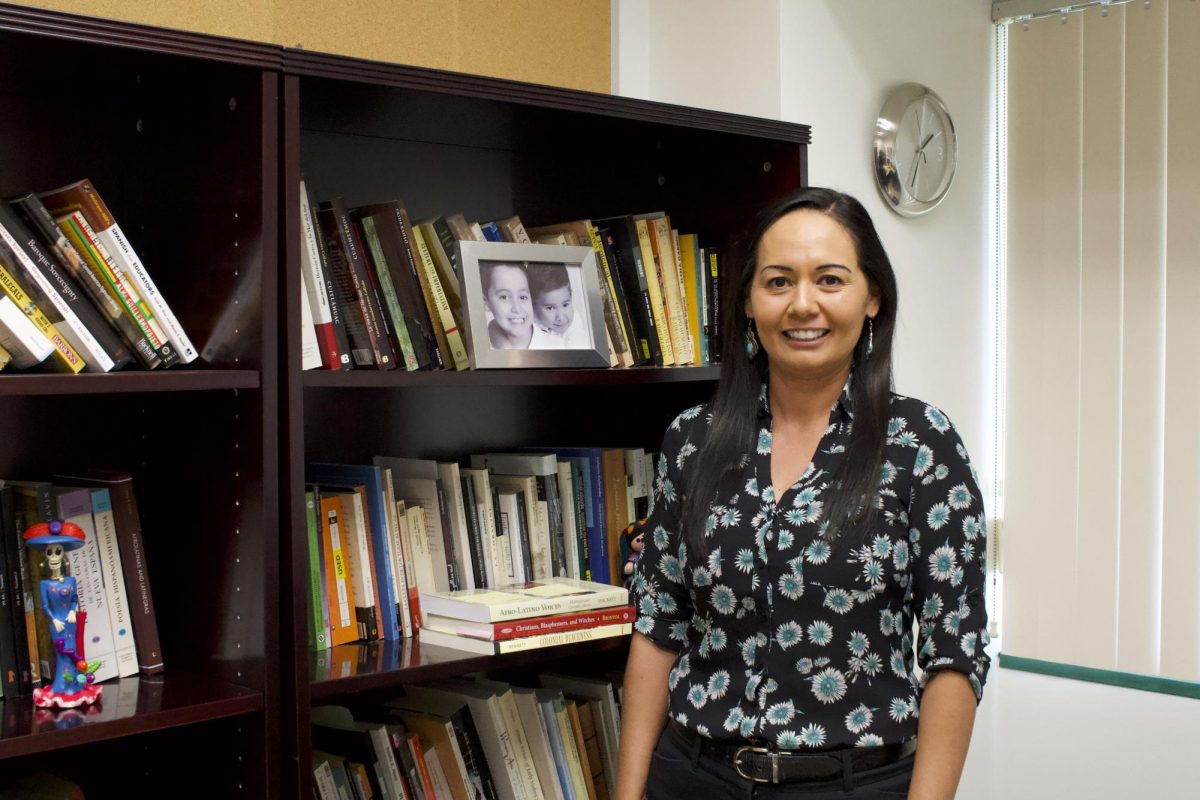






































































































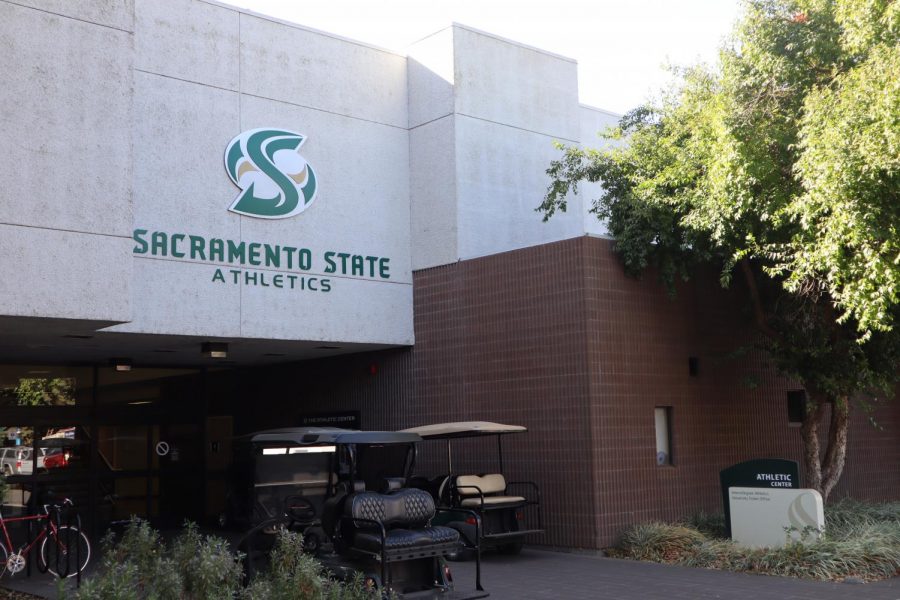




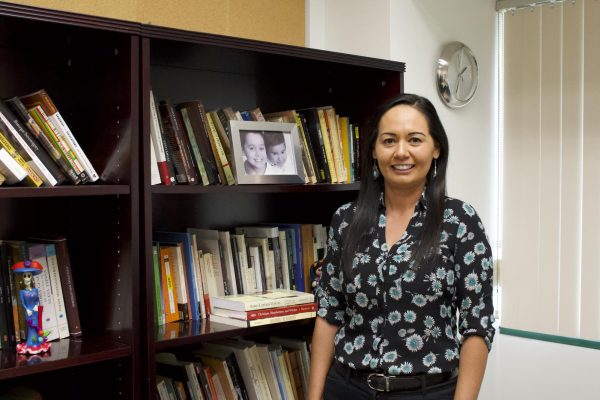




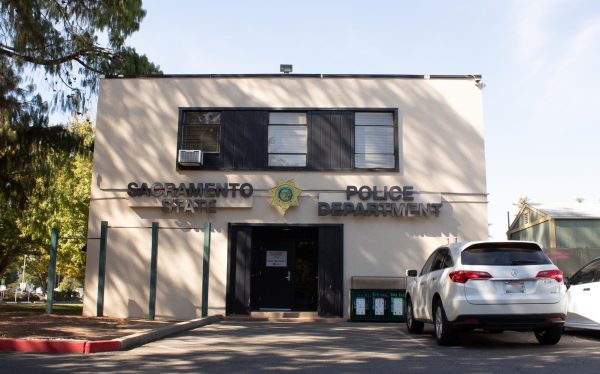

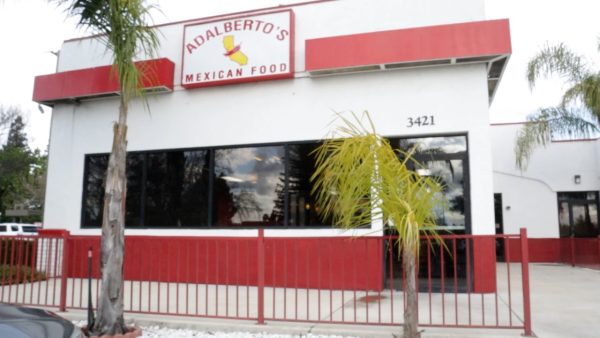
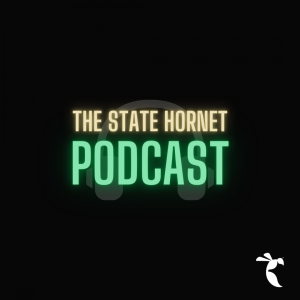
Hogan Hayes • Dec 5, 2019 at 4:00 pm
This is some exceptional reporting on an issue that is crucial to the university. Nice work!